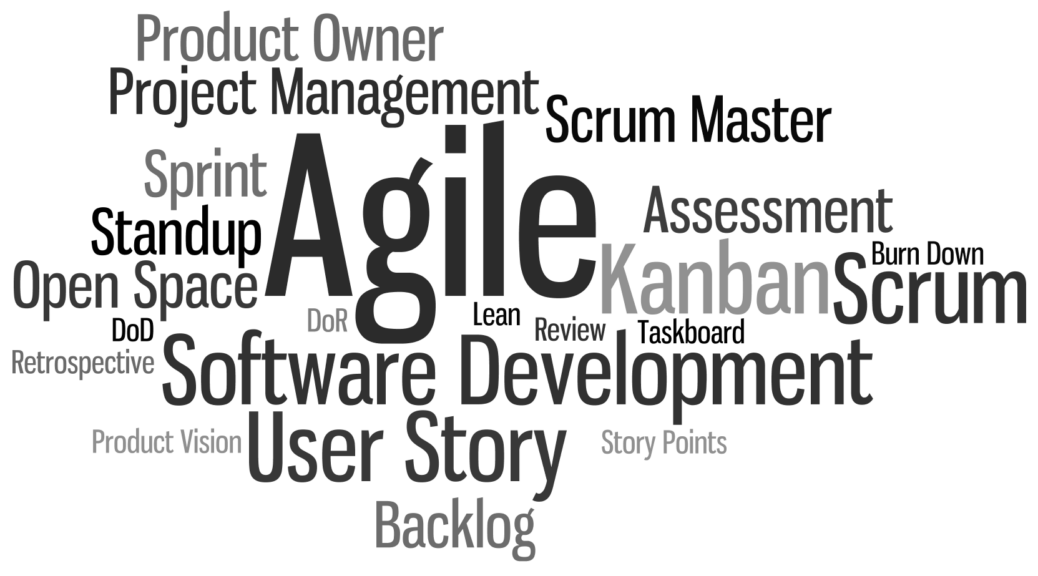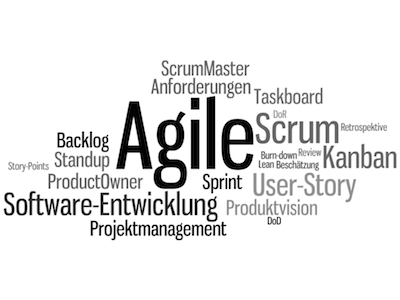We want to use our capabilities and strengths to achieve the greatest positive impact on our company and add value to our teams. Our work has moved more and more from the team level to the corporate level. As Agile Coaches, company training and further education is important. But first, here is some food for thought at a more abstract level.
Agile Coaches at //SEIBERT/MEDIA – Company Level Tasks Part I: Education & Training






